Scholarship Cover Letter Template for Successful Applications
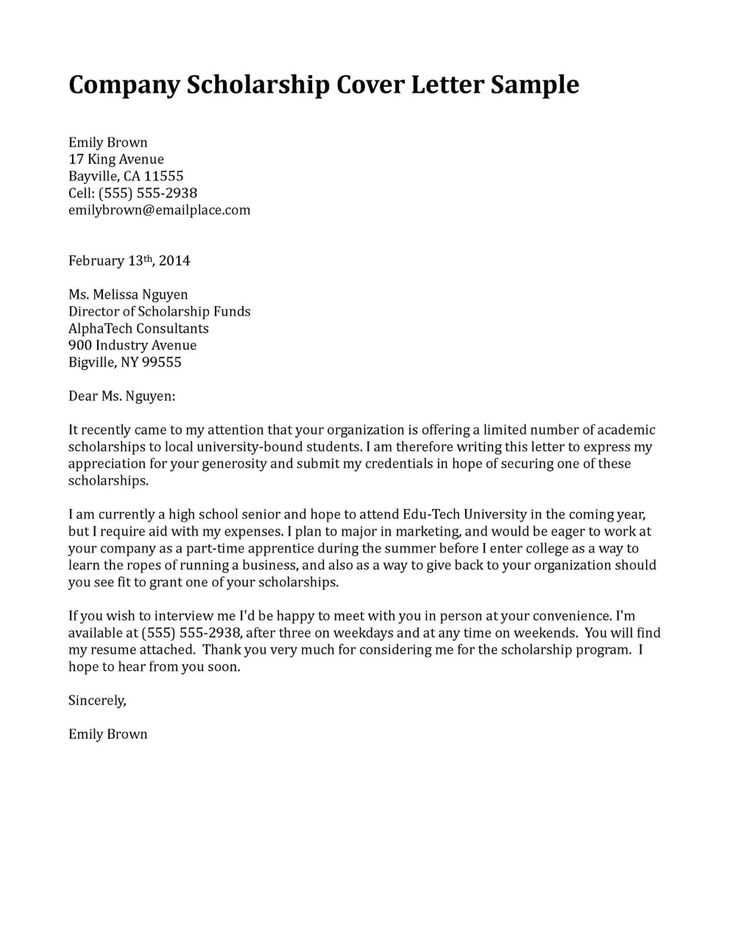
Applying for financial aid or academic opportunities requires more than just a solid resume or transcript. A well-crafted introduction, showcasing your motivation and abilities, can make a significant difference. Your personal statement serves as a reflection of your dedication and commitment to the program you’re seeking. This part of your application needs to grab attention and make a lasting impression.
Crafting an engaging document requires you to present yourself effectively, highlighting your unique qualities and strengths. While the main focus is often on academic achievements, it’s crucial to emphasize your passion, ambition, and reasons for pursuing this opportunity. By providing context for your goals, you make it easier for evaluators to understand your potential and suitability.
Mastering the structure of your application is just as important as the content. A clear, concise, and professional presentation can go a long way in demonstrating your communication skills. Through careful attention to detail and thoughtful articulation of your experiences, you ensure that your application stands out amongst others.
How to Write a Winning Cover Letter
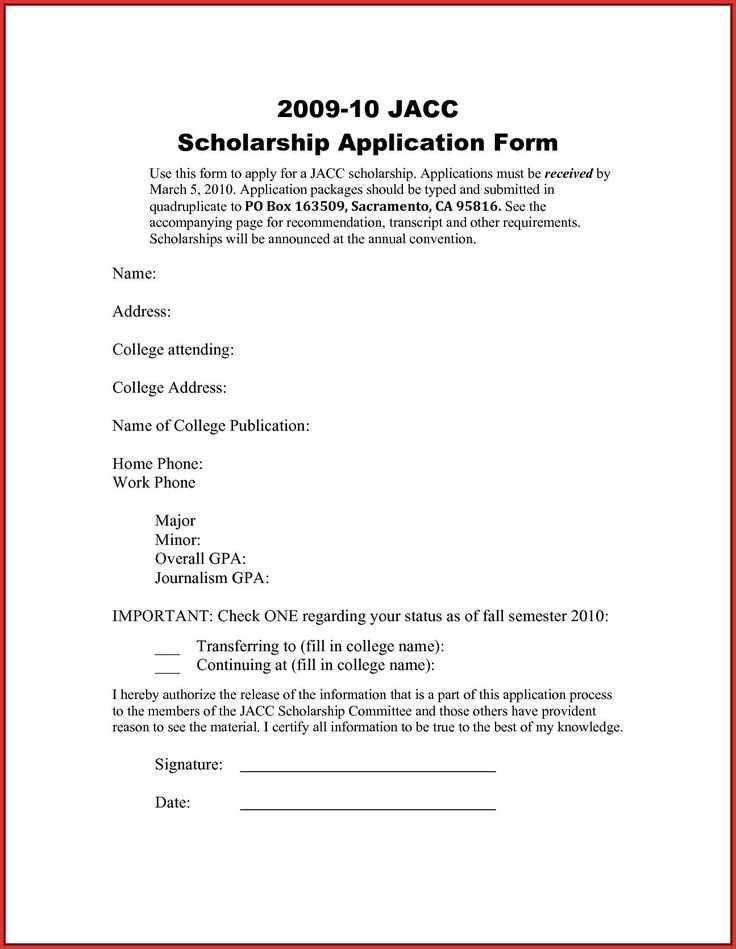
Creating a standout application is crucial when aiming to secure funding or an academic opportunity. The first step is to craft a compelling introduction that not only explains who you are but also conveys your enthusiasm and qualifications. Your writing should highlight your strengths in a clear, engaging manner, and show why you’re the ideal candidate.
Focus on Structure and Clarity
A well-structured document enhances readability and leaves a positive impression. Start by organizing your thoughts and dividing them into clear sections. This will help ensure that all key points are covered, making it easier for the reader to understand your motivation and goals.
- Introduction: Briefly introduce yourself and state the purpose of your application.
- Academic and personal achievements: Highlight relevant experiences and successes that demonstrate your potential.
- Why you are a good fit: Explain how your goals align with the opportunity you’re applying for.
- Conclusion: End by reiterating your enthusiasm and expressing your willingness to discuss your qualifications further.
Personalize Your Writing
Generic applications rarely make an impact. Take the time to tailor your document to reflect your specific interests, goals, and reasons for applying. Address the unique aspects of the opportunity you’re seeking and explain why it’s the perfect fit for you.
- Show your passion for the program or funding opportunity.
- Link your experiences to the values or goals of the organization.
- Demonstrate your long-term vision and how the opportunity aligns with it.
Key Elements to Include in Your Letter
When applying for funding or academic opportunities, it’s important to carefully select the information that will make you stand out. Your submission should reflect both your abilities and your enthusiasm, while clearly articulating why you are an ideal candidate. Certain core elements are essential to making your application effective and impactful.
Introduction and Purpose
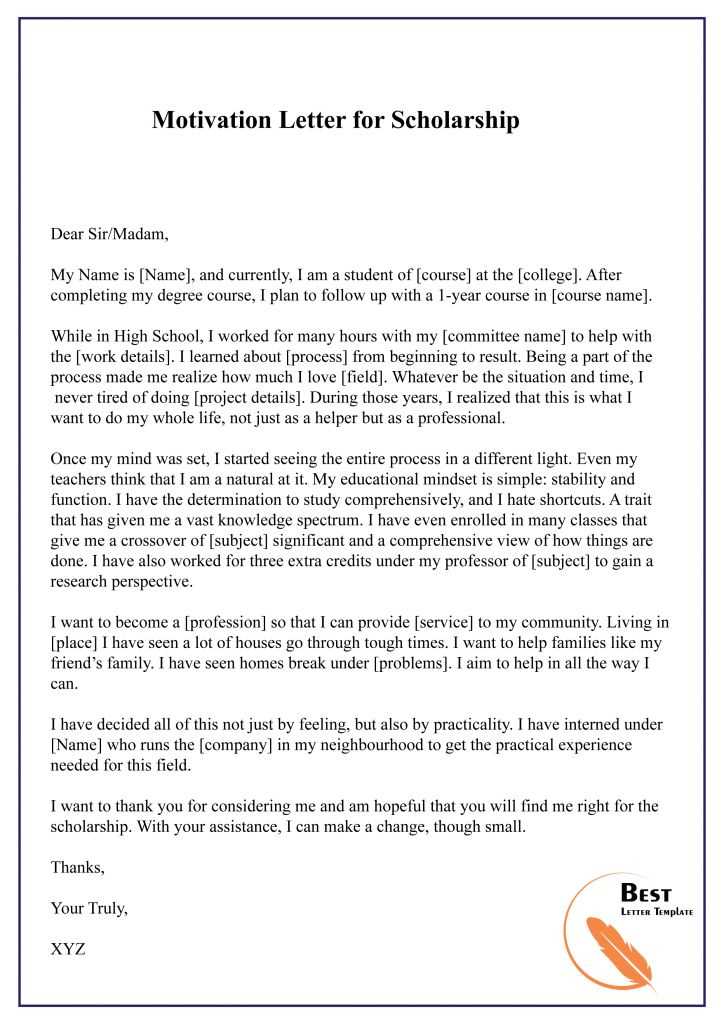
The opening of your document is where you introduce yourself and state the reason behind your application. This section should immediately grab the reader’s attention by outlining your objectives and your enthusiasm for the opportunity.
- Introduce yourself: Mention your current academic standing or background.
- Clarify your objective: State the purpose of your application and how you aim to benefit from the opportunity.
Relevant Achievements and Qualifications
This section is where you showcase your strengths and experiences. It’s important to focus on accomplishments that are directly related to the goals of the opportunity you are pursuing. Tailor this portion to highlight your academic achievements, relevant skills, and personal growth.
- Academic accomplishments: List relevant courses, awards, or research projects.
- Extracurricular involvement: Mention volunteer work, leadership roles, or other experiences that demonstrate your dedication.
Why You Are a Good Fit
Explain why you are particularly well-suited for the opportunity you’re applying for. Discuss how your goals align with the values and objectives of the program or organization, and why you believe this will help you achieve your long-term ambitions.
- Fit with program: Show that you understand the goals of the program and how they align with your own.
- Future vision: Explain how this opportunity will help you in achieving your career or academic goals.
Tailoring Your Application for Scholarships
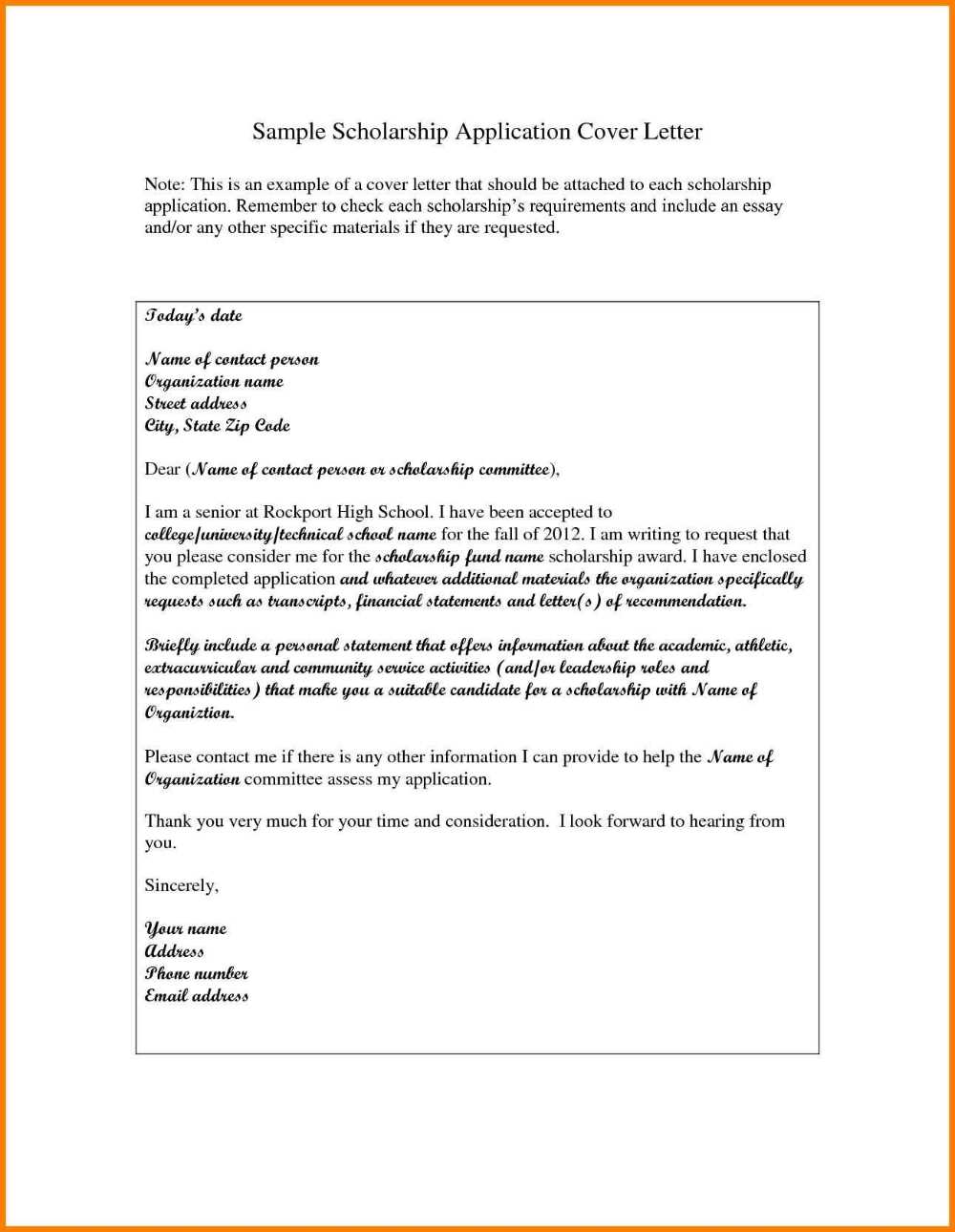
When applying for financial assistance or academic opportunities, personalizing your submission is key to making a lasting impression. Instead of using a generic approach, focus on how your unique experiences and goals align with the values of the program you are seeking. A customized application demonstrates that you have invested time in understanding the opportunity and are genuinely motivated to pursue it.
Each funding program or academic initiative has its own set of priorities and requirements. By tailoring your submission, you can highlight the aspects of your background and achievements that resonate most with those values. This increases the likelihood of your application being noticed and considered for further evaluation.
Take the time to research the organization or institution thoroughly. Understand their mission, goals, and the qualities they seek in applicants. Then, strategically position your qualifications to show that you are a perfect fit for their objectives and how their support will help you advance your personal or academic aspirations.
Common Mistakes to Avoid in Cover Letters
When submitting an application, presenting yourself in a polished, professional manner is essential. However, many applicants make simple yet critical errors that can weaken their submissions. Avoiding these common pitfalls will ensure that your application is well-received and increases your chances of success.
| Mistake | Consequence | How to Avoid |
|---|---|---|
| Generic Content | Does not stand out, seems impersonal | Personalize your message and tailor it to the specific opportunity |
| Spelling and Grammar Errors | Indicates carelessness and lack of attention to detail | Proofread your work carefully or ask someone else to review it |
| Overuse of Clichés | Sounds unoriginal and lacks personality | Be specific about your experiences and achievements |
| Excessive Length | Can be overwhelming, leading to the reader losing interest | Be concise and focus on the most important information |
| Lack of Focus on Purpose | Fails to clearly state the reason for applying | Directly explain why you’re applying and how it aligns with your goals |
Avoiding these mistakes will help ensure that your application presents you in the best possible light and increases the likelihood of it being taken seriously. By focusing on clear, concise, and personalized communication, you’ll demonstrate professionalism and readiness for the opportunity you’re seeking.
Effective Opening and Closing Statements
The beginning and conclusion of your application play a crucial role in shaping the reader’s perception of your qualifications. A strong start can grab attention, while a thoughtful ending leaves a lasting impression. These parts should clearly convey your purpose, enthusiasm, and qualifications, making your submission stand out from others.
Opening Statement: Your introduction should be direct and engaging. Start by stating your purpose, then briefly highlight your qualifications or personal connection to the opportunity. Avoid vague statements and instead focus on what makes you uniquely suited for the role or funding you are seeking. This sets the tone for the rest of your submission and immediately captures the reader’s interest.
Example: “I am writing to express my strong interest in the opportunity to join your program, as it perfectly aligns with my academic and professional goals in the field of environmental studies.”
Closing Statement: Your conclusion should reiterate your enthusiasm and summarize your key points in a way that emphasizes your readiness and commitment. Offer to provide additional information or discuss your qualifications further, and express your appreciation for the reader’s time and consideration. A well-crafted conclusion leaves the reader with a positive final impression of you as a motivated and professional candidate.
Example: “Thank you for considering my application. I am eager to contribute to and grow within your program, and I look forward to the possibility of discussing my qualifications in more detail.”
How to Highlight Your Strengths
Showcasing your strengths effectively is crucial when applying for funding or academic opportunities. It’s not enough to simply mention your accomplishments; you need to present them in a way that demonstrates their relevance and impact. By strategically highlighting your most impressive skills and experiences, you can make a compelling case for why you deserve the opportunity.
Identify Key Strengths
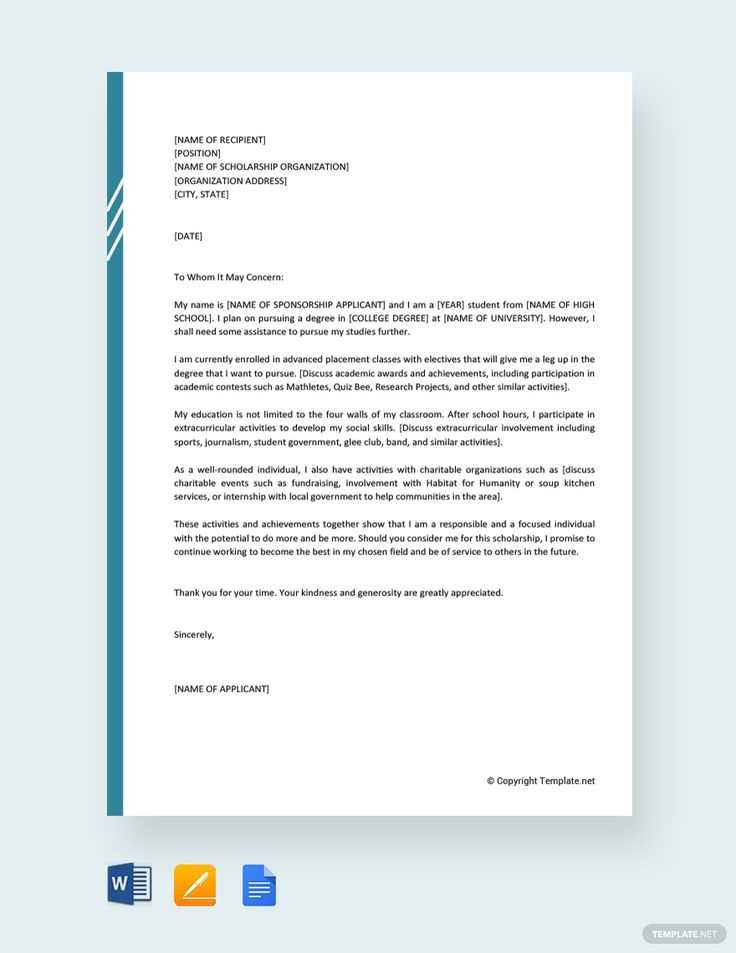
The first step in highlighting your strengths is identifying which qualities and achievements will resonate most with the audience. Focus on areas where you have excelled and where your abilities align with the goals of the program or opportunity. Consider both tangible achievements and personal qualities that demonstrate your drive and potential.
- Academic Excellence: Showcase any outstanding grades, awards, or projects related to your field of interest.
- Leadership: Mention any leadership roles or responsibilities where you made a significant impact.
- Problem-Solving Skills: Provide examples of how you’ve tackled challenges or found innovative solutions.
- Community Engagement: Highlight volunteer work, outreach, or other ways you’ve contributed to your community.
Present Your Strengths with Evidence
It’s important to support your claims with concrete examples that demonstrate your abilities. Rather than simply stating that you’re a hard worker or a strong leader, provide specific instances where these qualities led to success or positive outcomes. This evidence adds credibility to your application and makes it more persuasive.
- Use Metrics: Whenever possible, quantify your achievements to show measurable success.
- Tell Stories: Share brief anecdotes that illustrate how you applied your strengths in real-world situations.
- Link to Goals: Show how your strengths directly contribute to your long-term objectives and how they align with the program’s mission.